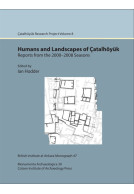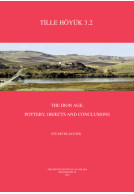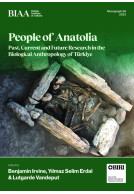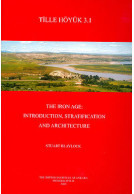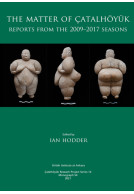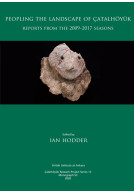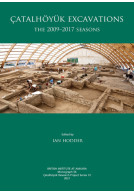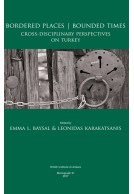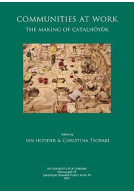Google Books previews are unavailable because you have chosen to turn off third party cookies for enhanced content. Visit our cookies page to review your cookie settings.
Canhasan Sites 2 (Hardback)
Canhasan 1: The Pottery
Imprint: British Institute at Ankara
Series: British Institute at Ankara Monograph
Pages: 296
Illustrations: 202p of illus, 11p plates
ISBN: 9781898249160
Published: 15th August 2005
Script Academic & Professional
Series: British Institute at Ankara Monograph
Pages: 296
Illustrations: 202p of illus, 11p plates
ISBN: 9781898249160
Published: 15th August 2005
Script Academic & Professional
You'll be £14.95 closer to your next £10.00 credit when you purchase Canhasan Sites 2. What's this?
+£4.99 UK Delivery or free UK delivery if order is over £40
(click here for international delivery rates)
Need a currency converter? Check XE.com for live rates
(click here for international delivery rates)
Need a currency converter? Check XE.com for live rates
The excavations at Canhasan Höyök I in the Konya plain of central Turkey revealed a series of settlements running through the Chalcolithic period (c.5500-3000 BC). The pottery from the site, much of it of types previously unknown or not found elsewhere in stratified contexts, is of fundamental importance for an understanding of this period in Anatolia. In this volume, Dr French, the excavator of Canhasan and for many years director of the British Institute at Ankara, carefully and concisely presents both the plain and decorated wares, with detailed descriptions of their characteristic fabrics, shapes and decoration. There is a full catalogue of the best-preserved and most important pieces (which were registered finds), but a major feature of the volume are the drawings of over 2500 less well-preserved pieces, which illustrate all the characteristic shapes and types of decoration. A special feature of the study is a careful grading of the material in terms of chronological reliability. The author privileges the whole, or nearly whole, pots found on floors in each layer, as the only types which were certainly made at the time. Related pottery may be accepted as contemporary, but with less certainty, while unrelated wares must be treated with circumspection, for they may be either recycled from an earlier layer or intrusive from a later one. This rigorous methodology means that the Chalcolithic pottery provides a completely reliable relative chronology through the Chalcolithic period, and the volume will remain a basic reference for Near Eastern archaeology.
Other titles in the series...
Other titles in British Institute at Ankara...









